Saulteaux artist Robert Houle (b.1947) created this deeply emotional work after he read Ruth Teichroeb’s book Flowers on My Grave: How an Ojibwa Boy’s Death Helped Break the Silence on Child Abuse (1998), an account of the suicide of a boy victimized by multigenerational residential school violence on his reserve.
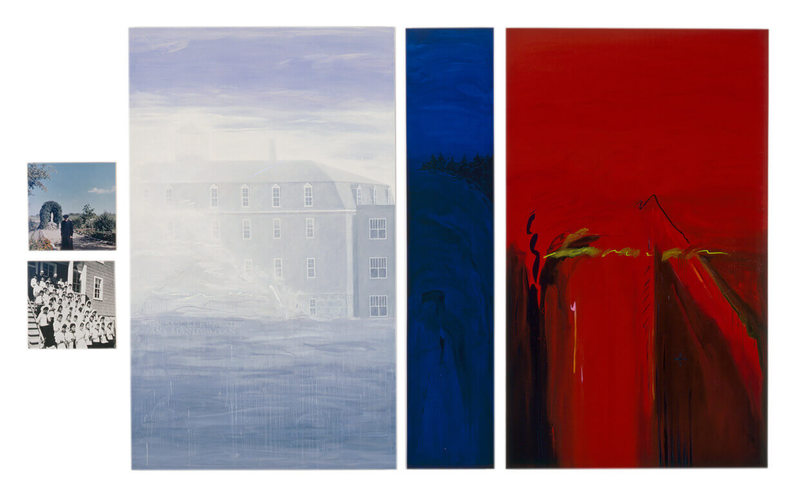
Robert Houle, Sandy Bay, 1998–99
Oil on canvas, black and white photograph, colour photograph on canvas, Masonite, 300 x 548.4 cm, Winnipeg Art Gallery
The book activated Houle’s memories of the Sandy Bay residential school. The work reflects the cultural tradition of telling—remembering, recounting, and recording a difficult experience as a path to healing. It functions as text in the absence of writing, as history in the absence of official account. Its narrative elements are a passage through memory that begins with two photographs as evidence and moves through a majestic resurrection in which the school’s ghostly form, in monochromatic tones of light grey and blue, seems to emerge from the landscape.
Sandy Bay consists of five parts, meant to be viewed from left to right, and morphs subtly from representation to abstraction. In a clouded area in the middle left section of the painting are words from a hymn that his mother used to sing to him and that would come to be used during family burials: “ON SAM KI KISEWATIS ANA MANITOWIYAN” (“Oh you are so kind and so treasured although you are god-like”).
This healing work exemplifies Houle’s approach and style of symbolically organizing every element. The artist’s calming brush balances the inner tempest, finding the quiet centre within each of us.
This Spotlight is excerpted from Robert Houle: Life & Work by Shirley Madill.
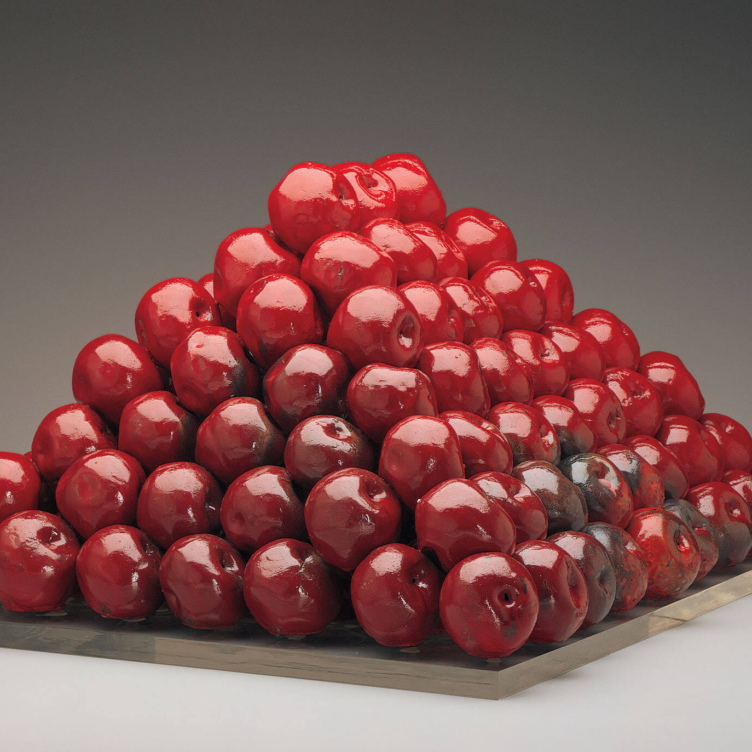 Pyramid Scheme
Pyramid Scheme
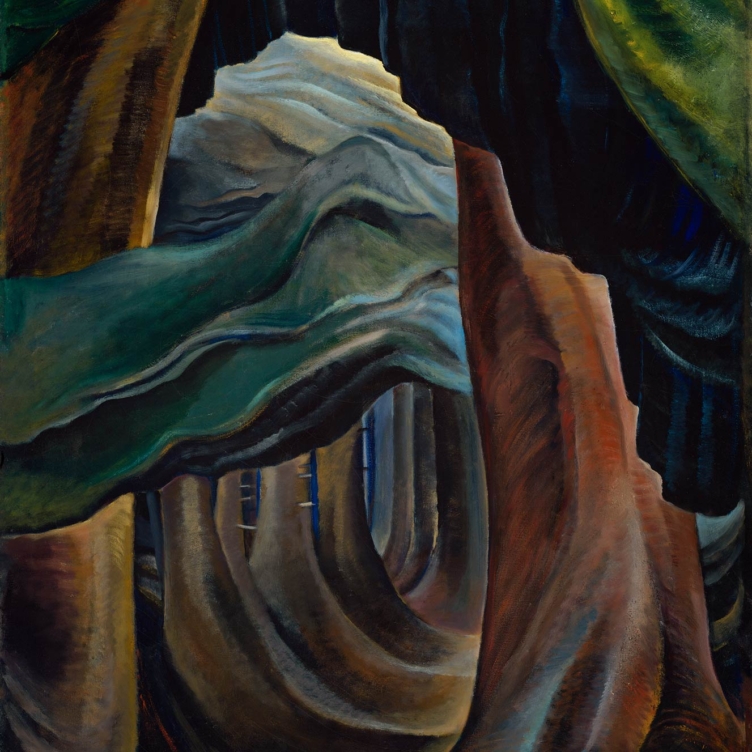 Transportive Trunks
Transportive Trunks
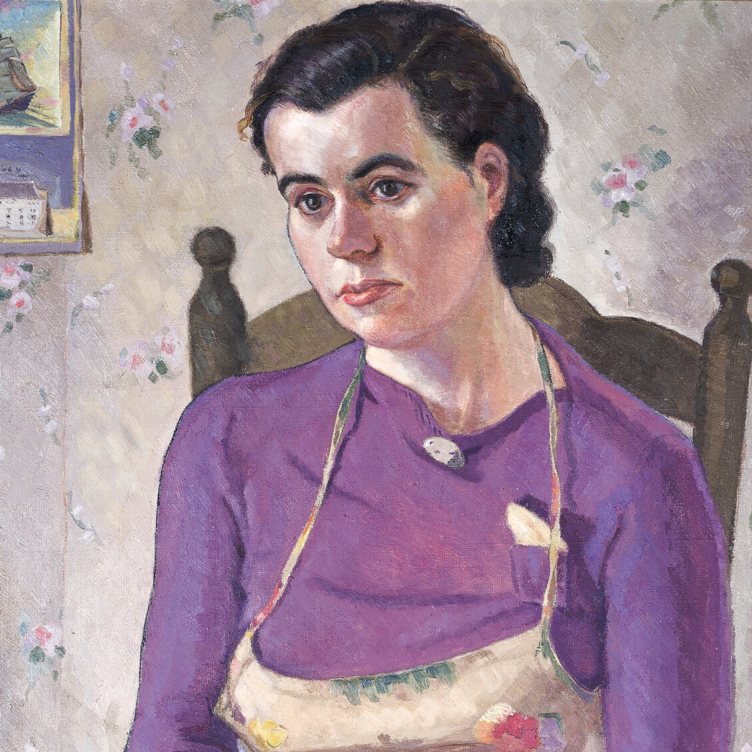 The Military Mate
The Military Mate
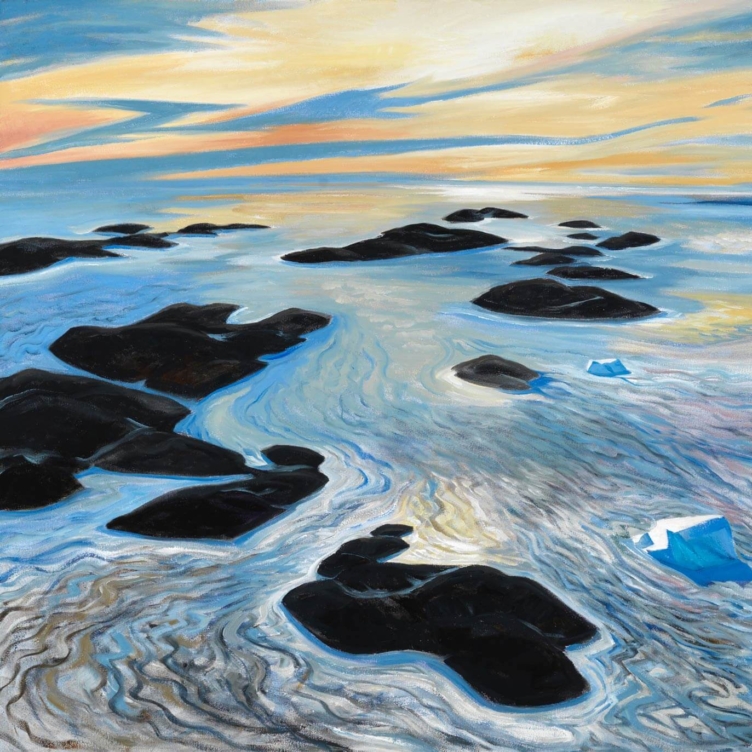 Looking Up on the World
Looking Up on the World
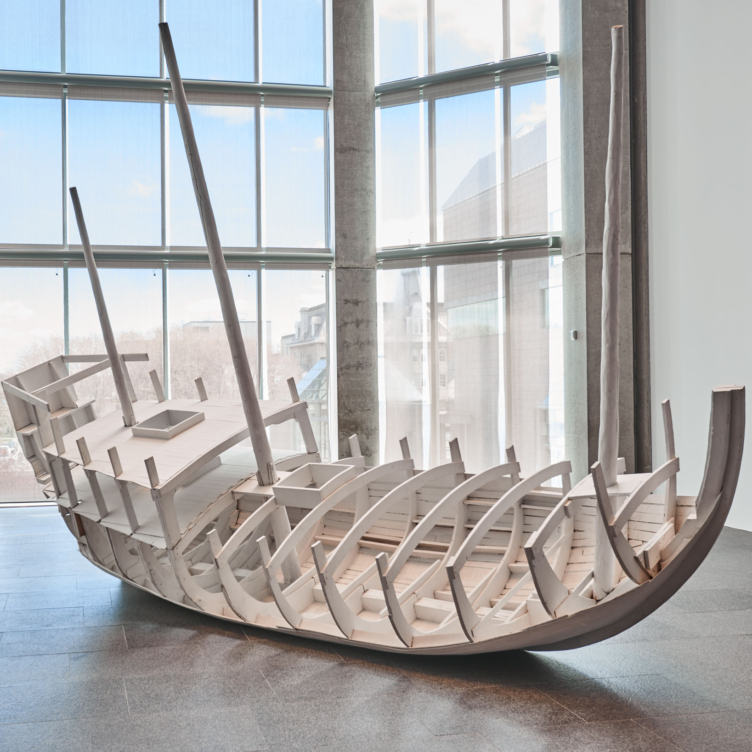 Vessel of Despair
Vessel of Despair
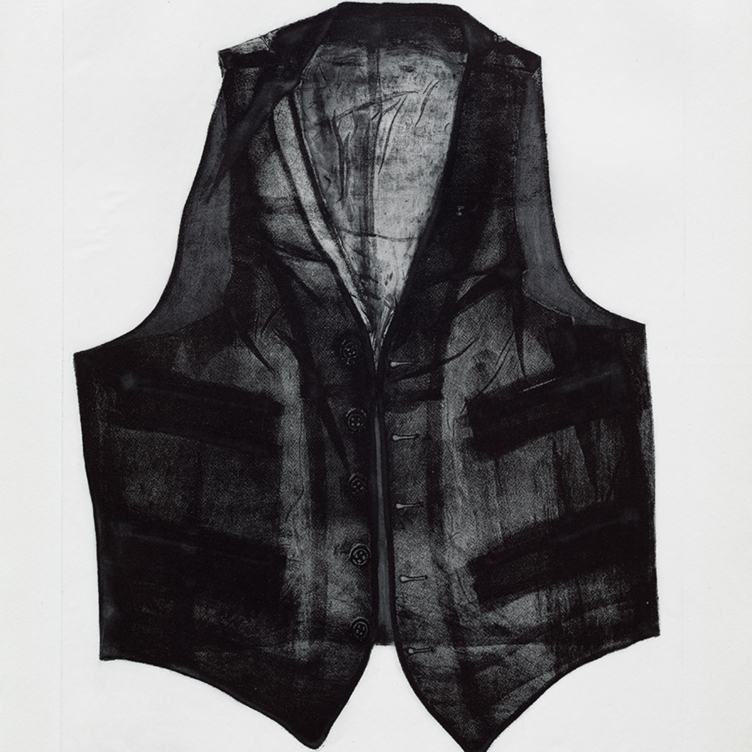 Layers of Meaning
Layers of Meaning
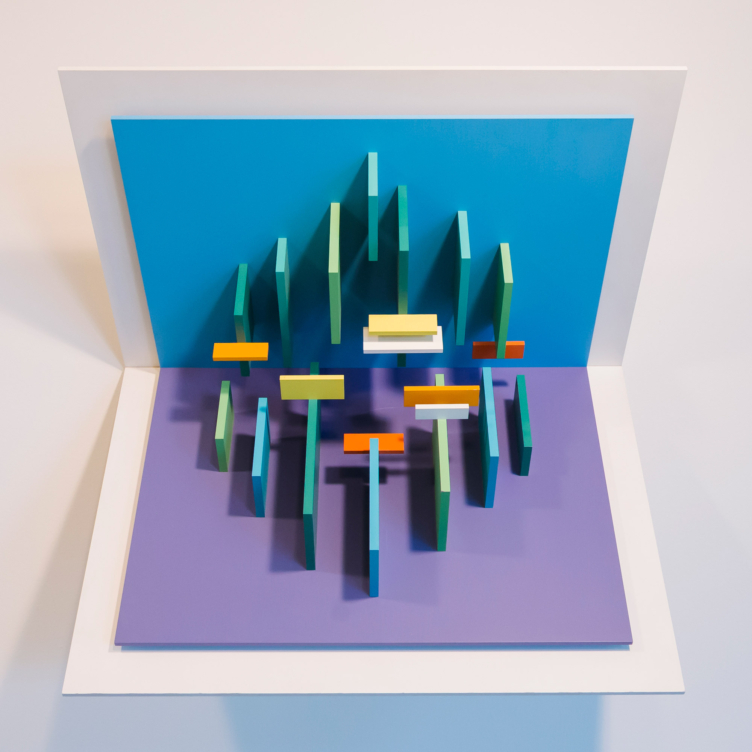 In Parallel to Nature
In Parallel to Nature
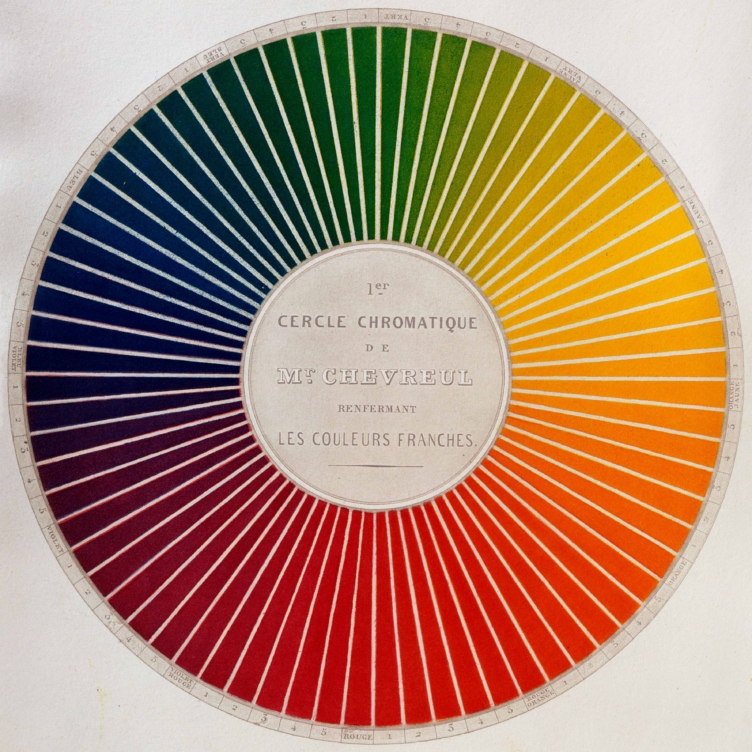 Wheel of Fortune
Wheel of Fortune
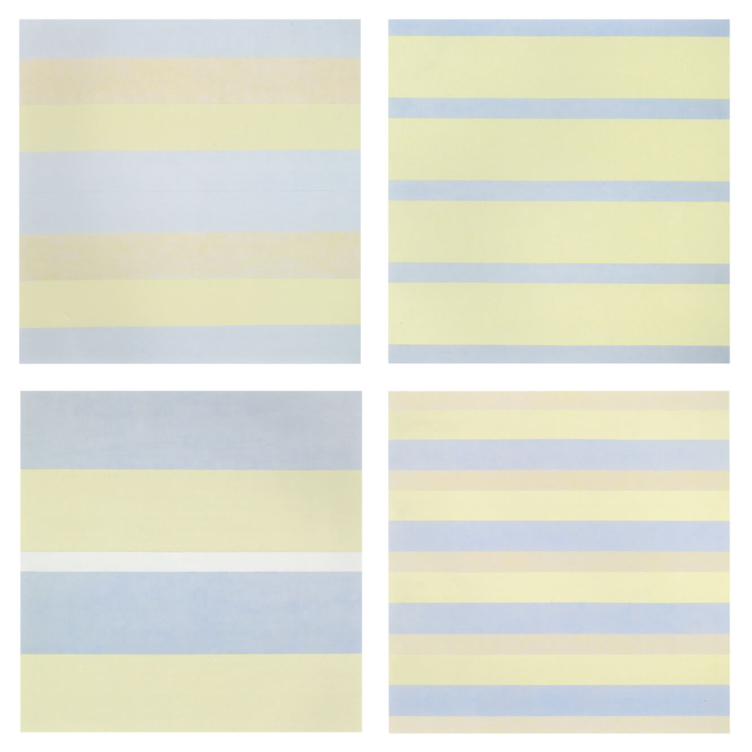 Paintings after emotional states
Paintings after emotional states
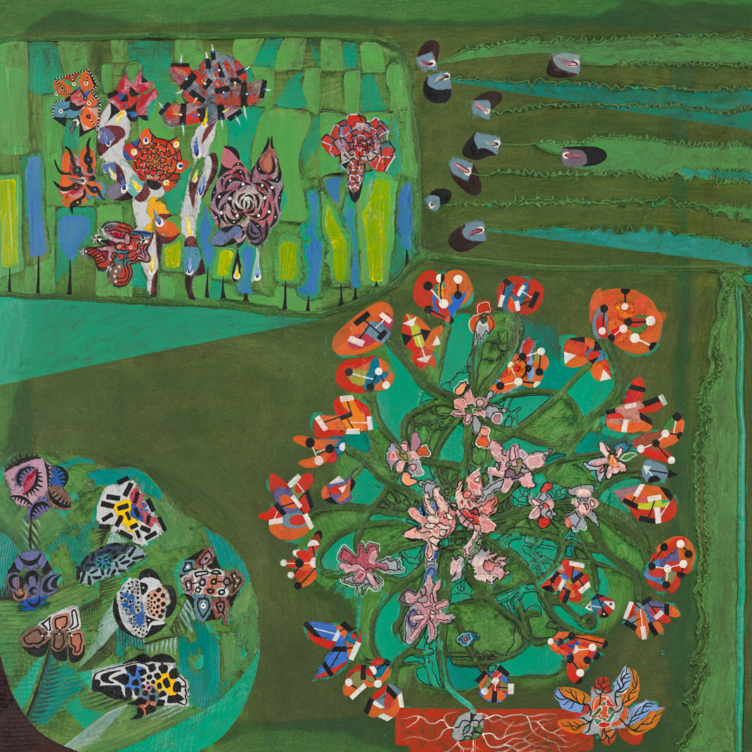 Garden of Delight
Garden of Delight
 Stitching the Archives
Stitching the Archives
 A Working-Class Hero
A Working-Class Hero
 Imagining Entangled Futures
Imagining Entangled Futures
 Bridging Far and Near
Bridging Far and Near
 Soft Power
Soft Power
 Imagining Emancipation
Imagining Emancipation
 A Priceless Portrait
A Priceless Portrait
 Meditation in Monochrome
Meditation in Monochrome
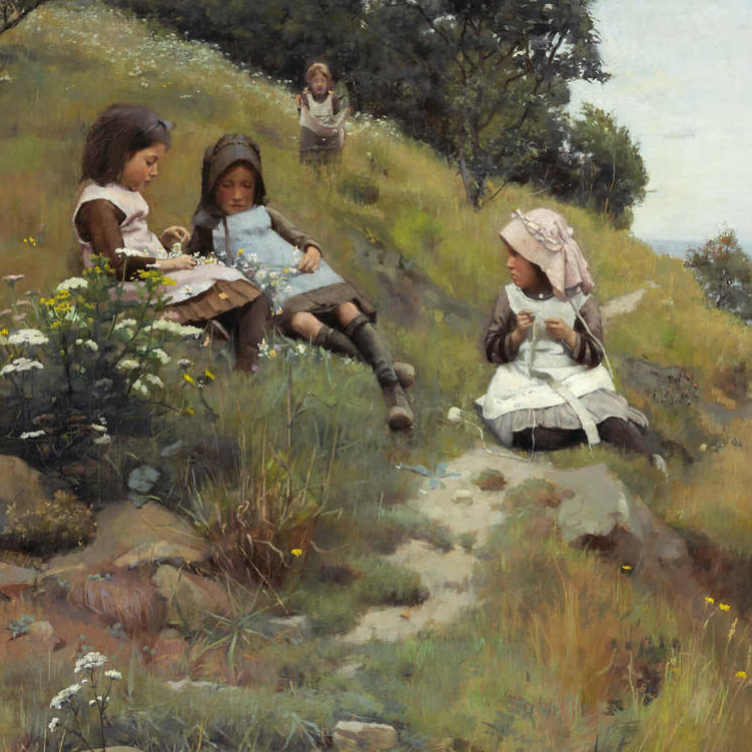 Making His Mark
Making His Mark
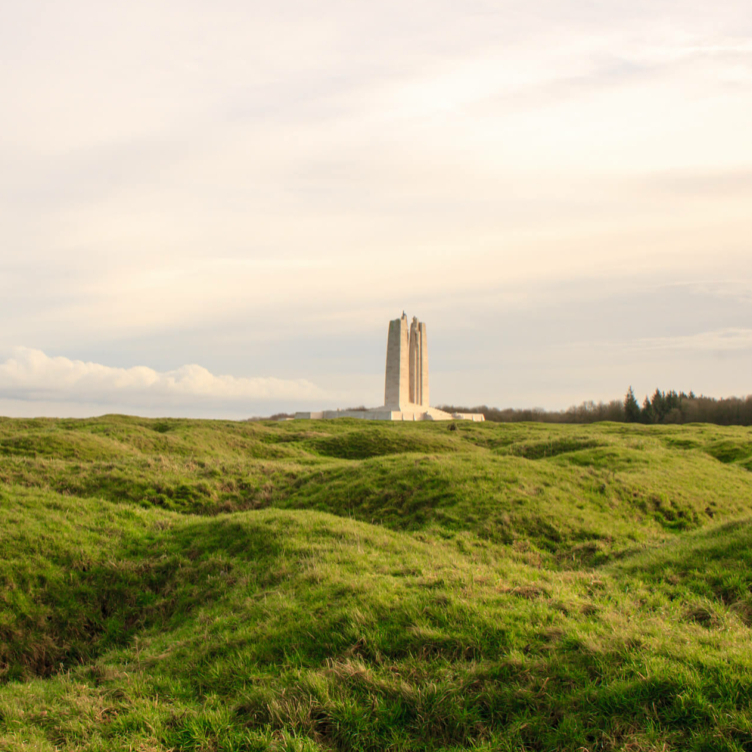 Honour and Sacrifice
Honour and Sacrifice